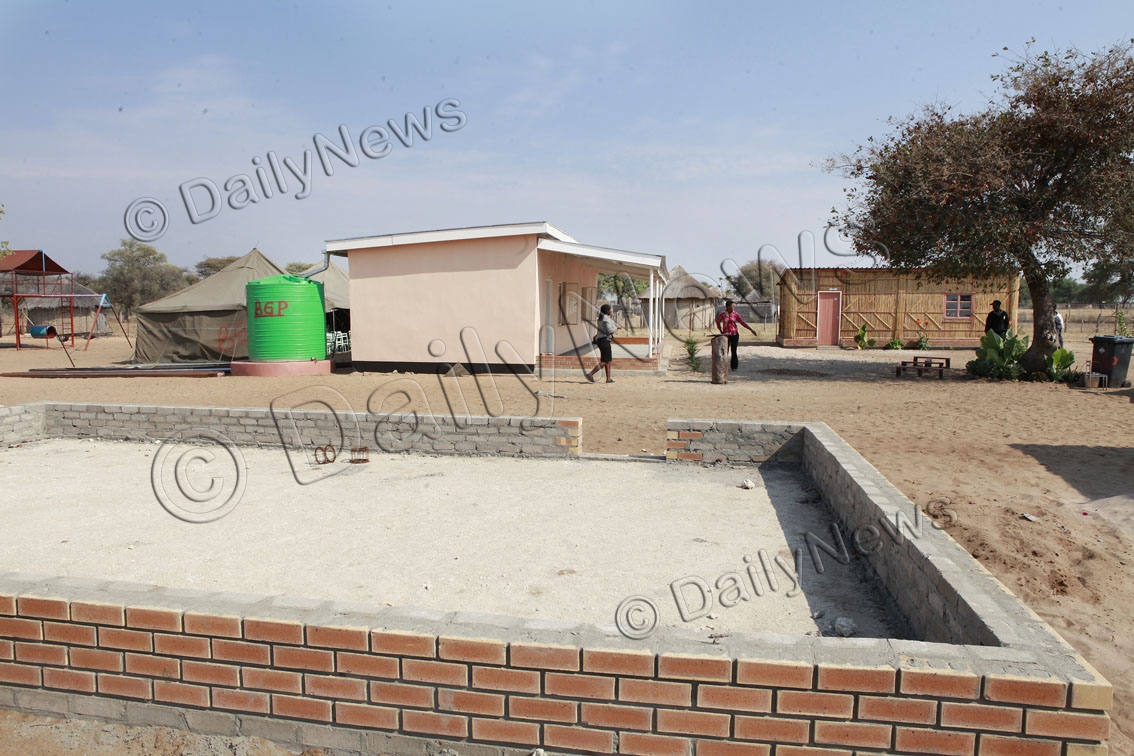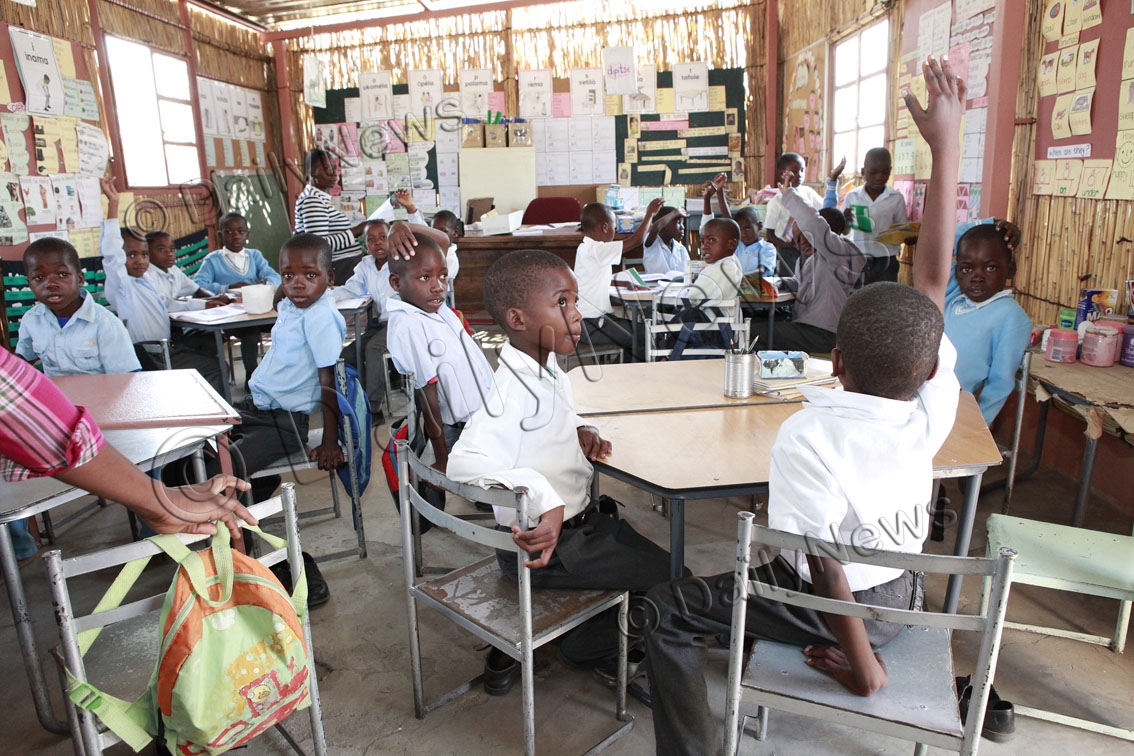Kajaja revive the spirit of self-reliance
22 Sep 2015
Perhaps the story of Kajaja primary school in the Ngamiland district holds testimony to the power of self-reliance. At a time when solitude and greed have taken centre stage on many lives, a ray of hope flashes in the little known Kajaja settlement.
Residents are on a path to reignite the spirit of self-reliance that once gave birth to University of Botswana, now one of the Africa’s most prestigious tertiary institutions.
This is a place inhabited by less than a thousand people, bereft of the most basic government institution in the form of a kgotla office that houses at least one policeman, the only better physical structure is a clinic donated by Choppies Supermarket.
A family’s greatest possession is a hand-count of chickens plough a small piece of land for tilling the land. It is here that residents stood up for the advancement of their children’s education.
It all began, during President Sir Seretse Khama Ian Khama’s visit to the settlement sometime last year.
As is norm, residents presented a litany of must haves before him not knowing that they could actually do unto themselves what they were asking from the President.
“We need an office for our chief, we need a police station, we need a tarred road,” the list went on and on.
However, among demands that seemed to weigh down heavily on the President was a need for a primary school.
Residents pleaded with government to build a school in the settlement to save children from long walks to neighbouring Nxamasere and Sepopa. You can imagine how President Khama must have felt like to hear that children as young as five years old walk a distance of sixteen kilometers everyday to school.
And further that many of them had abandoned school because of the long distance. The President could hear the silent tones of residents that a school was needed desperately.
Had the President referred them to the national development plan, obviously the future of the children of Kajaja would still be in limbo. President Khama challenged education and council officials to compare notes on how to rescue children while government was still planning on how best to approach the situation.
According to Education Director in the region Mr Acronews Maseko, that was the time the community unleashed its true potential.
“You could see that they were ready to sweat for the education of their children. Everybody wanted to play a part once we appealed to the community to assist,” he said.
He said once the plot was identified men came with axes and saws to debush the plot while women fetched and weaved reeds for the wall of the school.
On the side of public servants we joined the chorus through community service we contributed bricks and other building materials, it took just a month to complete the three classrooms that now only accommodates standard one to four,” he said.
“We have learnt that education is not just about the fancy building and also that if community leads in their development projects there is a strong sense of ownership,” he said adding that it was humbling to see residents playing the leading role in their children’s education.
Up to this moment residents still volunteer to assist in the welfare of their children’s education.
“When we opened the school residents volunteered to cook and clean for their children, now we have evening study where residents assist by teaching their children grammar and multiplication,” said the school principal Mr Keneilwe Banks. Not surprising at all when Mr Banks says the school is already doing extremely well in academics.
“This past term we came tops in the region,” he said. Ends
Source : BOPA
Author : Mothusi Soloko
Location : Gaborone
Event : Interview
Date : 22 Sep 2015







